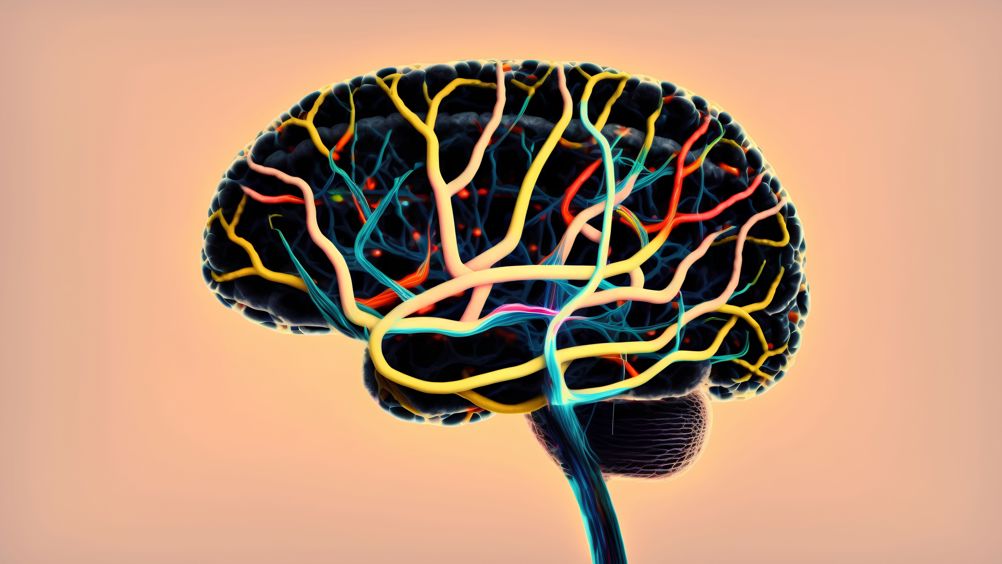BRAINSTORM project will develop nano-magnets for neuromodulation
A pan-European project is seeking to develop tiny magnetic nanomaterials to treat a range of neurological disorders including Alzheimer’s, Parkinson’s, epilepsy and depression.

The Wireless Deep Brain Stimulation Through Engineered Multifunctional Nanomaterials project – more snappily referred to as BRAINSTORM – brings together researchers from the UK, Germany, Italy, Spain and Finland. It will aim to harness recent developments in nanotechnology to tap into the burgeoning field of neurostimulation, whereby electrical currents or magnetic fields are used to modulate neural activity.
Neurostimulation is already used to treat a variety of brain conditions, but often relies on invasive surgeries to implant electrodes. Over the next four years, the €3m project will look to develop technology that can improve treatments through less invasive interventions. BRAINSTORM is funded through the European Innovation Council’s Pathfinder programme, which supports emerging technologies with groundbreaking potential.
UK involvement will see engineers at Glasgow University developing a helmet-type device to precisely control the magnetic nanomaterials after they have been delivered to the brain area. A preclinical study will eventually be carried out on rats, with the nano-magnets injected into the rodents’ bloodstreams and specific neurons then manipulated using external magnets.
Register now to continue reading
Thanks for visiting The Engineer. You’ve now reached your monthly limit of news stories. Register for free to unlock unlimited access to all of our news coverage, as well as premium content including opinion, in-depth features and special reports.
Benefits of registering
-
In-depth insights and coverage of key emerging trends
-
Unrestricted access to special reports throughout the year
-
Daily technology news delivered straight to your inbox










Water Sector Talent Exodus Could Cripple The Sector
Maybe if things are essential for the running of a country and we want to pay a fair price we should be running these utilities on a not for profit...